Intro
Discover Lawrence Livermore National Labs innovative research in nuclear science, advanced materials, and high-performance computing, driving breakthroughs in energy security, climate modeling, and cybersecurity solutions.
The Lawrence Livermore National Laboratory is a United States Department of Energy national laboratory located in Livermore, California. It is one of the three national laboratories that make up the National Nuclear Security Administration, along with Los Alamos National Laboratory and Sandia National Laboratories. The laboratory is known for its cutting-edge research and development in the fields of physics, chemistry, and materials science, with a focus on national security, energy, and environmental issues.
The laboratory was founded in 1952 by Ernest Lawrence, a Nobel Prize-winning physicist, and is named after him. Since its inception, the laboratory has been at the forefront of scientific research and innovation, with a strong emphasis on developing new technologies and solutions to address the nation's most pressing challenges. Today, the laboratory is a world-renowned research institution, with a staff of over 7,000 scientists, engineers, and technicians working on a wide range of projects, from developing new materials and technologies to advancing our understanding of the universe.
The laboratory's research and development activities are organized around several key mission areas, including nuclear security, non-proliferation, and counter-terrorism. The laboratory is also a leader in the development of advanced computing and simulation technologies, with a focus on modeling and simulating complex systems and phenomena. In addition, the laboratory is home to several world-class research facilities, including the National Ignition Facility, which is the world's largest and most powerful laser system.
History of Lawrence Livermore National Labs
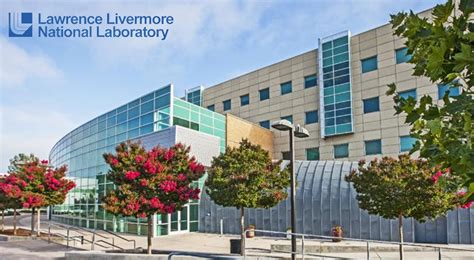
In the early years, the laboratory focused on developing new nuclear technologies, including nuclear reactors and nuclear weapons. The laboratory's scientists and engineers worked closely with the US military and other government agencies to develop new technologies and solutions to address the nation's national security needs. In the 1960s and 1970s, the laboratory expanded its research and development activities to include new areas, such as materials science and computer simulations.
Key Milestones in the History of Lawrence Livermore National Labs
Some key milestones in the history of Lawrence Livermore National Laboratory include: * 1952: The laboratory is founded by Ernest Lawrence as the University of California Radiation Laboratory, Livermore. * 1957: The laboratory is renamed the Lawrence Radiation Laboratory, Livermore. * 1971: The laboratory is renamed the Lawrence Livermore Laboratory. * 1981: The laboratory is designated as a national laboratory by the US Department of Energy. * 1991: The laboratory is renamed the Lawrence Livermore National Laboratory.Research and Development at Lawrence Livermore National Labs
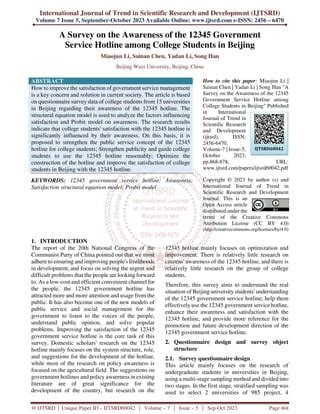
Some of the key research and development areas at the laboratory include:
- Nuclear security: The laboratory is working to develop new technologies and solutions to address the nation's nuclear security needs, including the development of new nuclear reactors and nuclear fuels.
- Non-proliferation: The laboratory is working to develop new technologies and solutions to prevent the spread of nuclear weapons, including the development of new detection and monitoring systems.
- Counter-terrorism: The laboratory is working to develop new technologies and solutions to address the nation's counter-terrorism needs, including the development of new detection and analysis systems.
Advanced Computing and Simulation at Lawrence Livermore National Labs
The laboratory is also a leader in the development of advanced computing and simulation technologies, with a focus on modeling and simulating complex systems and phenomena. Some of the key areas of research and development in this area include: * High-performance computing: The laboratory is working to develop new high-performance computing systems and technologies, including the development of new processors and memory systems. * Simulation and modeling: The laboratory is working to develop new simulation and modeling tools and technologies, including the development of new algorithms and software systems.Facilities and Equipment at Lawrence Livermore National Labs
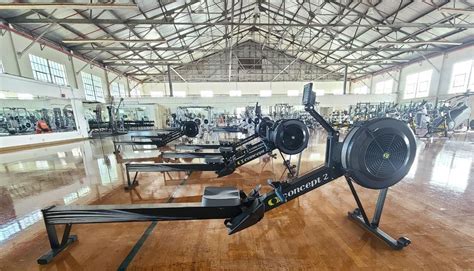
Some of the other key facilities and equipment at the laboratory include:
- The Titan laser system: The Titan laser system is a high-powered laser system that is used to conduct experiments in high-energy density physics.
- The National Atmospheric Release Advisory Center: The National Atmospheric Release Advisory Center is a research facility that is used to model and simulate the release of radioactive materials into the atmosphere.
- The High Explosives Applications Facility: The High Explosives Applications Facility is a research facility that is used to conduct experiments with high explosives, including the development of new explosive materials and the study of explosive phenomena.
Key Facilities and Equipment at Lawrence Livermore National Labs
Some of the key facilities and equipment at the laboratory include: * The National Ignition Facility: The National Ignition Facility is the world's largest and most powerful laser system, and is used to conduct experiments in high-energy density physics. * The Titan laser system: The Titan laser system is a high-powered laser system that is used to conduct experiments in high-energy density physics. * The National Atmospheric Release Advisory Center: The National Atmospheric Release Advisory Center is a research facility that is used to model and simulate the release of radioactive materials into the atmosphere.Applications and Impact of Lawrence Livermore National Labs
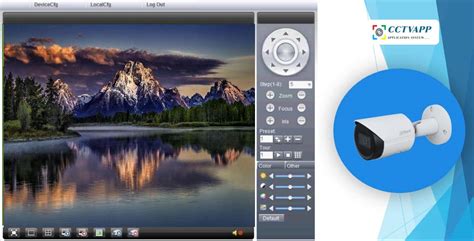
Key Applications and Impact of Lawrence Livermore National Labs
Some of the key applications and impact of the laboratory's research and development activities include: * Development of new nuclear reactors and nuclear fuels: The laboratory's research and development activities in the area of nuclear energy have the potential to lead to the development of new nuclear reactors and nuclear fuels, which could provide a cleaner and more efficient source of energy. * Development of new detection and monitoring systems: The laboratory's research and development activities in the areas of non-proliferation and counter-terrorism have the potential to lead to the development of new detection and monitoring systems, which could be used to prevent the spread of nuclear weapons and other threats to national security. * Development of new simulation and modeling tools: The laboratory's research and development activities in the area of advanced computing and simulation have the potential to lead to the development of new simulation and modeling tools, which could be used to model and simulate complex systems and phenomena.Challenges and Opportunities at Lawrence Livermore National Labs

Key Challenges and Opportunities at Lawrence Livermore National Labs
Some of the key challenges and opportunities at the laboratory include: * Developing new nuclear reactors and nuclear fuels: The laboratory faces challenges in developing new nuclear reactors and nuclear fuels, which could provide a cleaner and more efficient source of energy. * Developing new detection and monitoring systems: The laboratory faces challenges in developing new detection and monitoring systems, which could be used to prevent the spread of nuclear weapons and other threats to national security. * Developing new simulation and modeling tools: The laboratory faces opportunities in developing new simulation and modeling tools, which could be used to model and simulate complex systems and phenomena.Future Directions at Lawrence Livermore National Labs
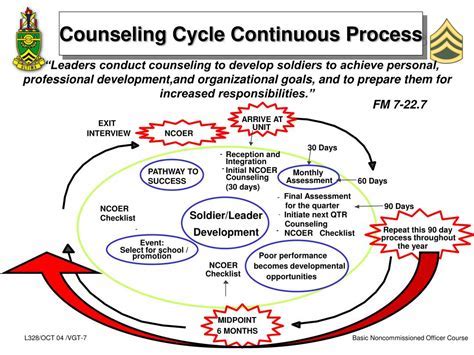
Key Future Directions at Lawrence Livermore National Labs
Some of the key future directions at the laboratory include: * Development of new nuclear reactors and nuclear fuels: The laboratory is working to develop new nuclear reactors and nuclear fuels, which could provide a cleaner and more efficient source of energy. * Development of new detection and monitoring systems: The laboratory is working to develop new detection and monitoring systems, which could be used to prevent the spread of nuclear weapons and other threats to national security. * Development of new simulation and modeling tools: The laboratory is working to develop new simulation and modeling tools, which could be used to model and simulate complex systems and phenomena.What is the main focus of Lawrence Livermore National Labs?
+The main focus of Lawrence Livermore National Labs is to conduct research and development in the fields of nuclear security, non-proliferation, and counter-terrorism, as well as advanced computing and simulation.
What are some of the key facilities and equipment at Lawrence Livermore National Labs?
+Some of the key facilities and equipment at Lawrence Livermore National Labs include the National Ignition Facility, the Titan laser system, and the National Atmospheric Release Advisory Center.
What are some of the key applications and impact of Lawrence Livermore National Labs?
+Some of the key applications and impact of Lawrence Livermore National Labs include the development of new nuclear reactors and nuclear fuels, the development of new detection and monitoring systems, and the development of new simulation and modeling tools.
In conclusion, the Lawrence Livermore National Laboratory is a world-renowned research institution that is working to address some of the nation's most pressing challenges, including national security, energy, and environmental issues. With its highly skilled and diverse workforce, cutting-edge research facilities, and commitment to innovation and excellence, the laboratory is well-positioned to continue making significant contributions to the nation's scientific and technological advancements. We invite you to share your thoughts and opinions on the importance of Lawrence Livermore National Labs and its research initiatives. How do you think the laboratory's work will impact our future, and what do you think are the most pressing challenges that the laboratory should be addressing? Join the conversation and let's work together to build a better future for all.
